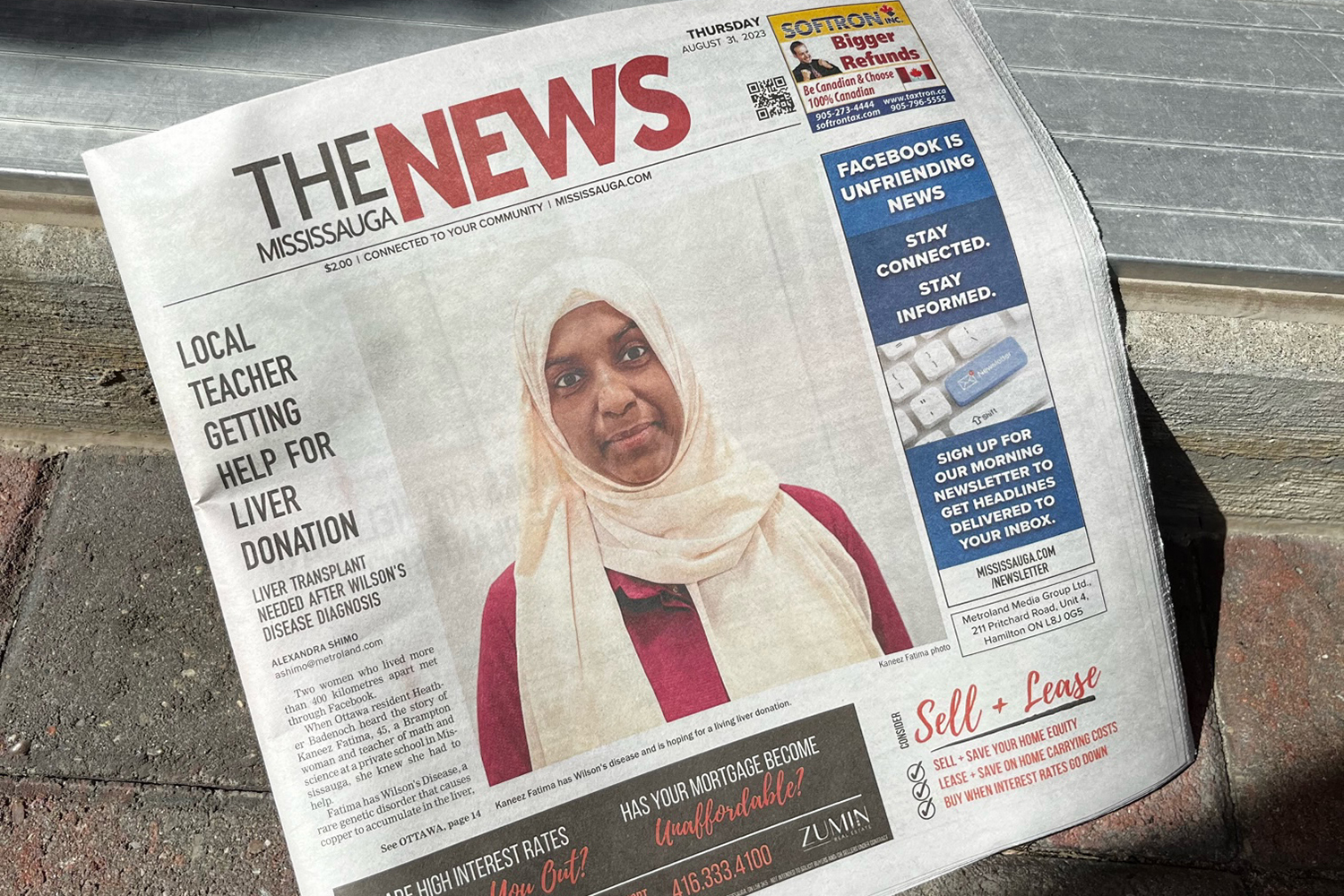Some Known Factual Statements About News Articles
Wiki Article
Rumored Buzz on News Articles
Table of ContentsThe smart Trick of News Articles That Nobody is Talking AboutWhat Does News Articles Do?Examine This Report about News Articles6 Easy Facts About News Articles DescribedNot known Details About News Articles
Great knowledge of different topics offers trainees an affordable side over their peers. Also though digital and social media sites are easily accessible, we must not fail to remember exactly how essential it is to read the papers. Parents should attempt and instill the practice of reading a paper as a daily routine to proceed the heritage of the adored print tool.Newspaper article also include a minimum of among the adhering to vital characteristics relative to the designated target market: distance, importance, timeliness, human interest, strangeness, or consequence. The related term journalese is often utilized, typically pejoratively, to refer to news-style writing. Another is headlinese. Newspapers typically comply with an expository writing style.
Within these limits, information stories also aim to be thorough. Various other elements are entailed, some stylistic and some derived from the media type. Among the larger and more revered papers, justness and balance is a significant consider offering details. Commentary is generally restricted to a different section, though each paper may have a different overall slant.
Papers with a worldwide target market, for instance, tend to make use of an extra official style of composing. News Articles.; usual design guides consist of the and the US News Style Publication.
Facts About News Articles Uncovered
Generally, reporters will not use a lengthy word when a short one will do. They utilize subject-verb-object building and construction and vivid, active prose (see Grammar). They use anecdotes, examples and metaphors, and they seldom depend upon generalizations or abstract concepts. Information writers try to prevent utilizing the very same word more than once in a paragraph (sometimes called an "echo" or "word mirror").
Headlines in some cases omit the subject (e.g., "Jumps From Boat, Catches in Wheel") or verb (e.g., "Feline woman lucky"). A subhead (also subhed, sub-headline, subheading, subtitle, deck or dek) can be either a subservient title under the main heading, or the heading of a subsection of the article. It is a heading that comes before the major message, or a group of paragraphs of the main message.

of an article subject, informant, or interviewee), it is described as a drawn quotation or draw quote. Extra billboards of any one of these types might show up later in the short article (especially on succeeding pages) to tempt additional analysis. Journalistic sites often make use of computer animation methods to swap one signboard for an additional (e.g.
The Facts About News Articles Uncovered
Such billboards are also made use of as tips to the short article in other areas of the magazine or site, or as advertisements for the piece in other publication or sites. Press release of the Swiss government. Regular structure with title, lead paragraph (recap in strong), various other paragraphs (details) and contact info.
Example of a hard-lead paragraph NASA is recommending one more room task. The a fantastic read budget demands around $10 billion hop over to here for the task.
An "off-lead" is the 2nd most crucial front page information of the day. To "bury the lead" is to start the short article with history info or details of additional importance to the viewers, forcing them to review more deeply into an article than they need to have to in order to find the necessary points.
The 10-Minute Rule for News Articles
Usual usage is that or 2 sentences each form their own paragraph. Journalists typically define the organization or framework of a news tale as an inverted pyramid. The essential and most fascinating aspects of a tale are placed at the start, with sustaining information complying with in order of decreasing value.It allows individuals to explore a subject to only the depth that their interest takes them, and without the charge of information or subtleties that they can consider unimportant, however still making that details readily available to more interested readers. The upside down pyramid framework likewise makes it possible for articles to be cut to any type of approximate size throughout format, to suit the room available.
Some authors start their stories with the "1-2-3 lead", yet there are several kinds of lead offered. A twist can refer to multiple points: The last tale in the information broadcast; a "pleased" tale to finish the show.
Longer short articles, such as magazine cover write-ups and the pieces that lead the within areas of a newspaper, are called. Attribute stories differ from straight information in a number of ways. Foremost is the absence of a straight-news lead, a lot of the moment. Rather than providing the essence of a story up front, attribute authors might try to entice viewers in.
Our News Articles Diaries
A function's initial paragraphs typically associate an intriguing moment or occasion, as in an "unscientific lead". From the particulars of an individual or episode, its view quickly widens to abstract principles concerning the story's topic.
The Editor's Toolbox: A Recommendation Guide for Beginners and Professionals (2001) Allan M. Siegal and William G. Connolly. The New York City Times Guidebook of Style and Usage: The Official Style Guide Used by the Writers and Editors of the Globe's A lot of Reliable Newspaper (2002) M. L. Stein, Susan Paterno, and R.
Report this wiki page